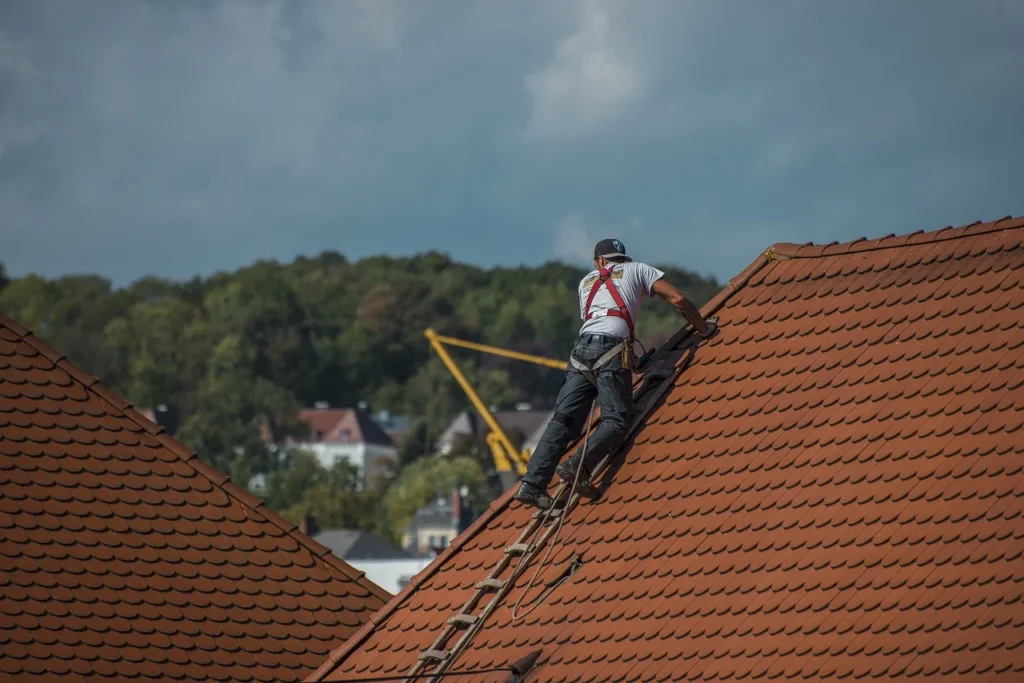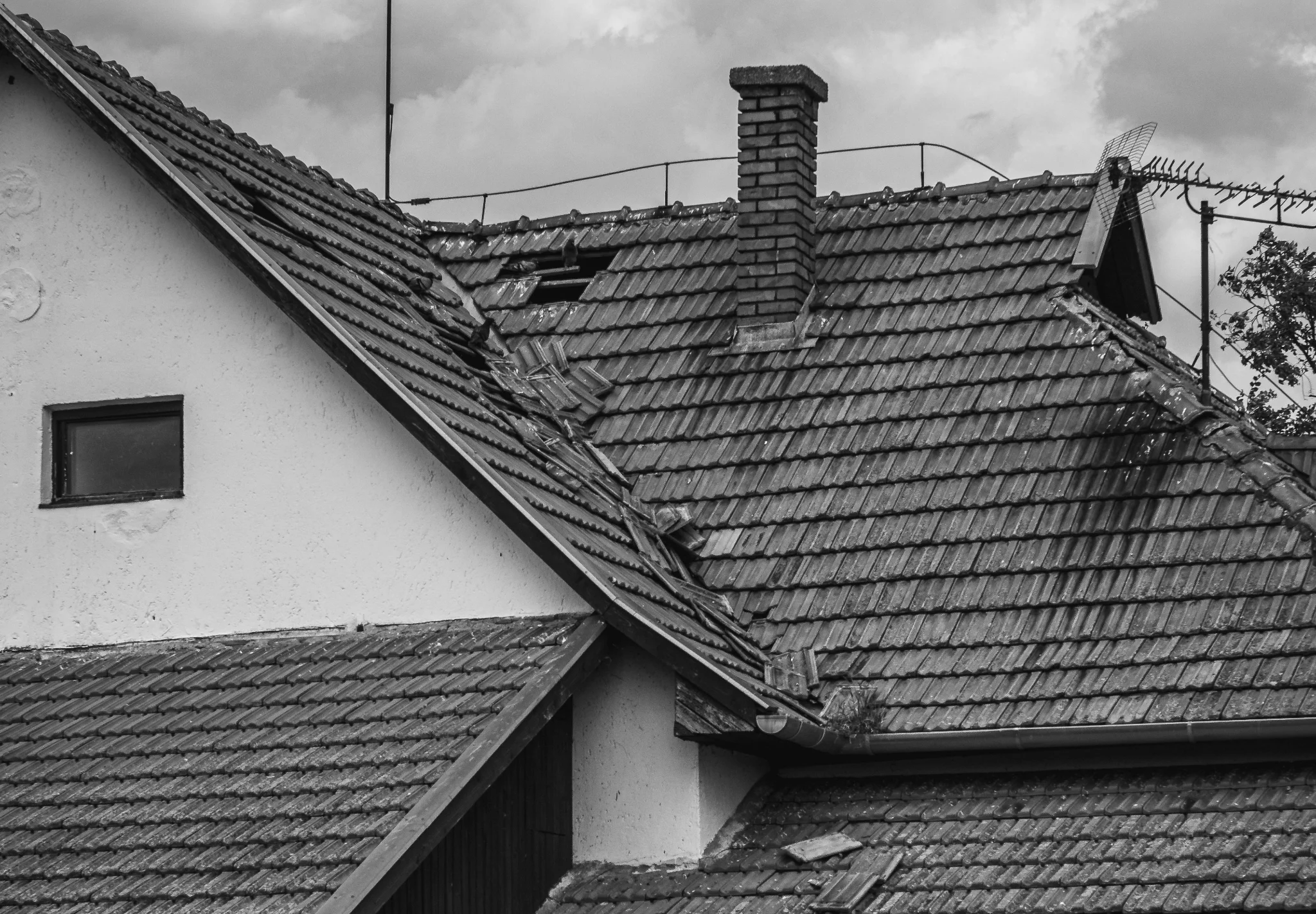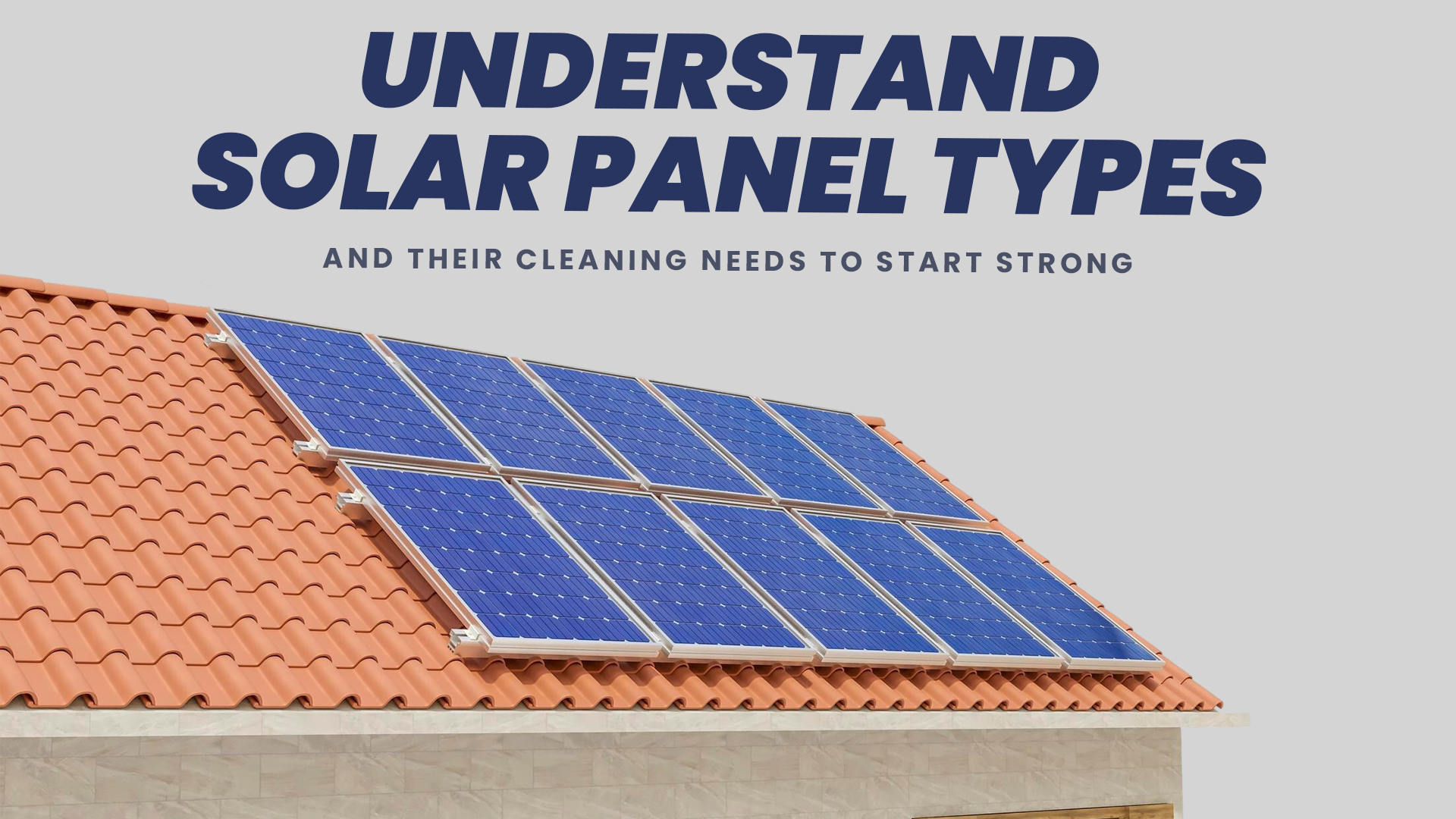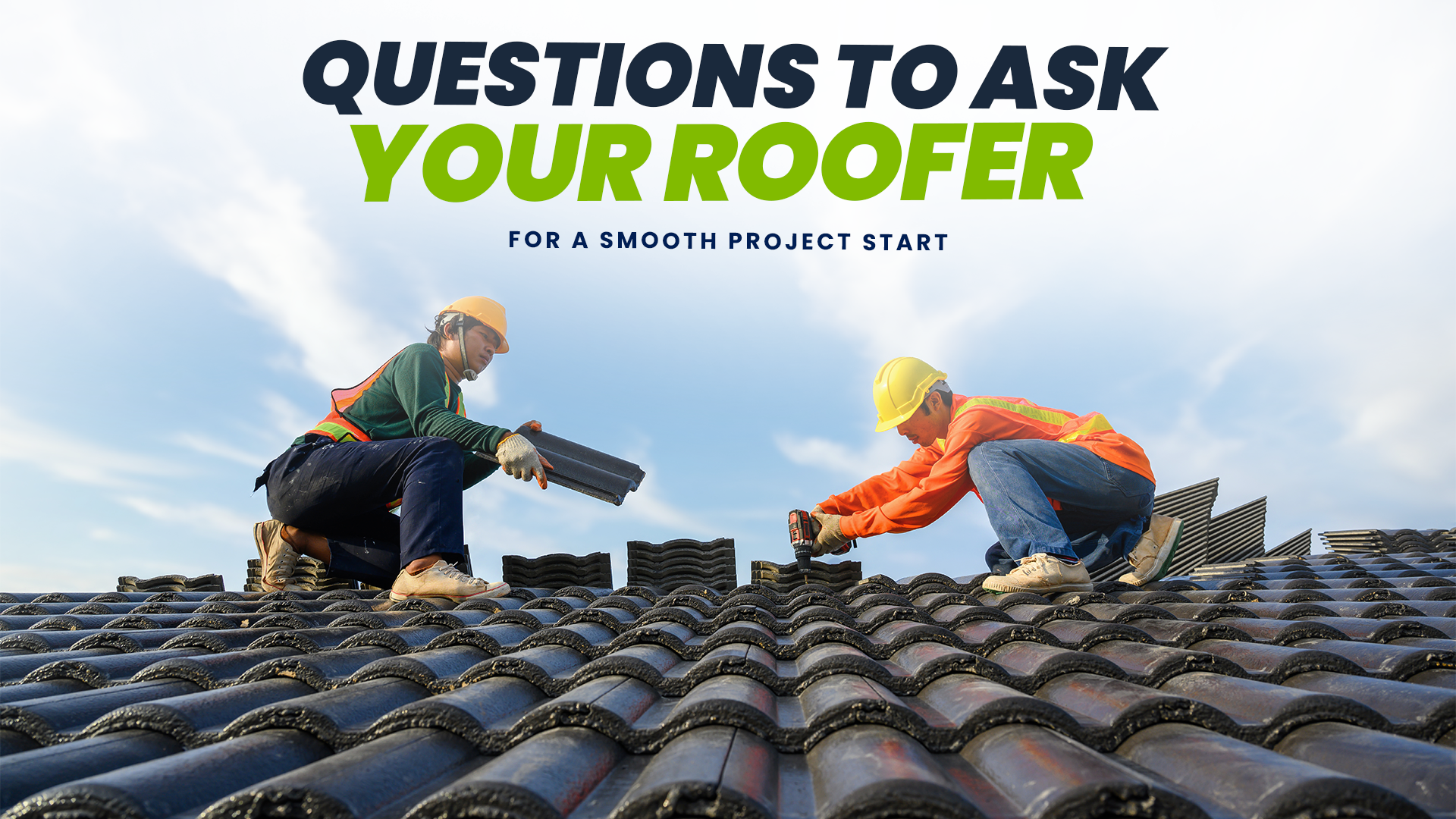A leaky roof isn’t just an inconvenience. It’s a ticking time bomb. Water finds a way, creeping into your attic space, dripping onto your ceiling, or soaking into your interior walls. Left untreated, small leaks lead to mould growth, peeling paint, and significant damage to your home. The good news is detecting a roof leak early saves you headaches (and some Aussie bucks).
This guide from Top Roof Restoration shows you why early detection and repair is crucial. We’ll also show you how to find a roof leak in seven easy steps and more.
Why Early Detection Is Important
Before you blame your roof man, research shows roof leaks in this part of the world are caused mainly by heavy rains. According to NRMA Insurance, 40% of Aussies will, at one point, experience water leaks in their homes due to severe weather conditions.
When your roof can no longer weather it, catching leaks early is smart and essential. Here’s why.
1. Saves You from Expensive Repairs
A roof leak is like a small crack in a dam. It might look harmless at first, but give it time, and you’ll have a full-blown crisis. It only gets worse.
Water sneaks into your attic space, damages your interior walls, and eventually reaches your ceiling space.
Before you know it, you’re looking at significant damage and a heavy repair bill. On average, fixing a small leak costs a fraction of what major roof restorations demand. Early roof leak detection saves you from spending thousands.
2. Prevents Further Damage
A small leak can lead to water stains, peeling paint, and even mould growth. Worse, unchecked water damage weakens the roof surface and penetrates exterior walls.
Tropical cyclones and severe thunderstorms during the peak season in Australia, from October to April peak time in Australia can amplify the risks of roof damage. Detecting leaks early can prevent further damage and protect your home from becoming a soggy mess.
3. Keeps Your Insulation Intact
Wet insulation loses its effectiveness faster. Damaged attic insulation drives up energy bills and leaves you shivering in winter. Your home takes a toll, and so does the health of inhabitants.
By addressing leaks early, you keep your insulation intact—and your house comfy and cosy.
4. Protects Your Belongings
Ever had water dripping onto your favourite couch or treasured family photos? Roof leaks don’t just damage your home. They ruin your belongings. Early detection ensures your valuables stay dry and safe.
5. Maintains Structural Integrity
From roof valleys to corrugated iron sheets, water weakens everything it touches. A leaky roof compromises your home’s foundation over time.
Trust Top Roof Restoration to help find roof leaks and keep your home standing strong.
How Do You Diagnose a Roof Leak?
It’s just blown a gale, and your roof’s taken a hit. Would you like to be sure there’s really a problem with your roof before calling a roof company? Here’s a quick 5-point checklist for diagnosing a roof leak in your home.
How to Detect a Roof Leak in 7 Steps
Checklist 1. Check the Attic
First stop: your attic. Look for water stains, damp insulation, or mould growth—these are the tell-tale signs of a leaky roof. Found dark spots on your attic ceiling? That’s a sign saying, “Water’s been here!” And don’t forget your nose. If it smells musty, chances are the water’s been hanging out longer than it should. Got corrugated iron sheets? Experience tells us water loves to pool there.
Checklist 2. Inspect for Damaged Shingles or Tiles
It’s time to step outside. Check the roof surface for missing shingles, cracked tiles, or discoloured patches. Damaged shingles and roof valleys are prime suspects when hunting for leaks.
Pro tip: Focus on roof penetrations like chimneys, plumbing vents, or solar panels.
Checklist 3. Watch for Sagging Ceilings and Mouldy Walls
Did you notice any sagging ceiling or weird, green, mouldy patches on your walls near the roof line? That’s water making itself at home. Roof leaks can seep into your ceiling space, causing water stains and weakening the structure.
Checklist 4. Inspect Gutters and Downspouts
Clogged gutters are bad news for your roof and roof plumbing. But how?
Well, water can back up, pooling on your roof and finding its way in. Check for debris, leaves, or blockages in your gutters and downspouts.
Keeping them clear can help prevent leaks before they start causing major damage.
Checklist 5. Check for Dripping Water During the Rain
Rainy day? Grab a torch and do some detective work. Check for dripping water or damp patches during heavy rain. Focus on roof valleys, exterior walls, and interior spaces. Found a leaking spot? Our repair and restoration service helps seal the leak before it gets worse.
Checklist 6. Use a Garden Hose for Leak Detection
Still can’t find a roof leak because it’s not raining? Grab a mate and a garden hose. Spray different sections of your roof while someone keeps an eye on the attic space below.
If you find water dripping at a spot, then call Top Roof Restoration for a closer look and a lasting fix.
Checklist 7. Call a Professional Roofer for Help

When all else fails, but water keeps pooping in your home after rain, it’s time to call the pros. Top Roof Restoration experts help detect water stains, mould, and trace out the damaged spot while stopping further damage.
Also Read: How Do I Stop My Roof Leaking In Heavy Rains
Final Thoughts
Detecting a roof leak early can save the structural integrity of your home, and you save heaps of cash and stress. Don’t wait for peeling paint or dripping water to show up. Follow this checklist, and if you are unsure, things get tricky, or you find a leak or damage that needs fixing, call Top Roof Restoration or send us an email for a lasting fix.
Frequently Asked Questions
How do I find a hidden roof leak?
Start by checking your attic space for water stains, dark spots, or mould growth. If you can’t spot anything, grab a garden hose and spray sections of the roof while someone checks for dripping water inside. Alternatively, let the pros at Top Roof Restoration handle the roof leak detection.
What is the best way to test for roof leaks?
Rainstorms are nature’s test, but for a controlled check, the garden hose trick works wonders. Focus on obvious signs like roof valleys, roof penetrations, or damaged shingles. Run water, watch, and wait. Still no results? You might need a professional roof leak detection service to pinpoint the problem.
How much does a roof leak test cost?
Prices vary, but in Australia, a roof leak test typically costs between $150 and $500. Factors include the roof type (corrugated iron, metal roofs, etc.) and the extent of damage. Think it’s pricey? Compare that to fixing a leaking roof that’s caused significant damage! Prevention is cheaper. Always!
What is the best way to find a leak in the ceiling?
Water stains, peeling paint, and sagging ceiling space are major clues. Follow the trail upward—it often leads to roof valleys, clogged gutters, or flashing around chimneys. Remember, ceiling leaks might start meters away from the visible damage. Call Top Roof Restoration for expert help!
Where do most roof leaks occur?
The usual spots are the skylights, roof valleys, missing shingles, and areas around plumbing vents or solar panels. Discoloured roof tiles or rust on corrugated iron sheets are dead giveaways. These areas take the most beating from Aussie weather, so keep an eye out for early signs.
When in doubt, to detect and fix roof leaks before they cause further damage, call Top Roof Restoration or fill a form for a free quote.







